THE THIRD SECTOR
I really love the concept of Ian Yusem’s The Third Sector: Take a dozen different third-party Mothership adventures and weave them together into a sandbox spanning five solar systems. Hypothetically you should be able to do some light remixing, add a little connective tissue, and have a great little campaign-in-a-box showcasing the best of the best.
Unfortunately, The Third Sector really shouldn’t have been packaged as trifold module.
The limited space of the trifold format lends itself to material which is either too brief or broad. But the work required to coherently bind disparate published adventures together is, in fact, entirely in the details.
The two central pillars of The Third Sector are the sector map and the scenario hooks added to each adventure.
The sector map is attractive in a retro, 8-bit-graphics style, but curiously lacking a lot of pertinent details (e.g., the names of planets).
The scenario hooks are designed to link the adventures to each other (so, for example, you’ll find hooks in the Green Tomb that will lead you to Moonbase Blues, Alcor Station, and Echoes in the Graveyard). A minor problem here is that the section is incomplete, with some of the scenarios not receiving scenario hooks for reasons which are entirely unclear to me.
A more significant problem is that most of the scenario hooks are either unengaged (they mention a place exists, but gives no reason for the PCs to go there), non-actionable (they indicate that a place exists, but don’t tell the PCs how to find it), or both. This is likely, once again, due to the limited space, since vague references are easier to squeeze into a single sentence than meaningful, actionable information.
Probably the most interesting thing in The Third Sector is the random encounter which reads, “[Corporation] acquired [other corporation]. (Choose 2 from random adventures each time rumor rolled.”) This is an intriguing procedural method for unifying the disparate hypercorps found scattered throughout the source adventures over time.
In practice, though, that unification — and not just of hypercorps — is exactly the sort of considered, careful, creative work that would have made The Third Sector a truly useful resource.
GRADE: F
WRATH OF GOD
Wrath of God is another example of a supplement that’s just trying to cram WAY too much into the trifold format. In this case, that includes:
- A complete skirmish system for space fighter combat.
- A hex-based Battlefield map keyed with various Locations of Interest.
- A prequel to a longer adventure called The Drain.
In this case, the result is basically incoherent. I’ve been backwards and forwards through Wrath of God and I honestly don’t have the slightest inkling of what this adventure is supposed to be.
For example, in the skirmish system includes a Skirmish Map keyed with symbols, but what these symbols mean (if they mean anything) doesn’t seem to be indicated. The Battlefield Map similarly has a bunch of symbols, although most of these seem to be related to the content keyed to these hexes… except not all such hexes are keyed. (Although some of the unkeyed hexes are referenced in other keyed hexes, which is an insanely confusing layout that I can only imagine is due to the space limitations unnecessarily imposed by the trifold format here.)
I also only have the vaguest sense of what the Battlefield Map represents. Maybe it’s a war currently being fought? Or many wars currently being fought? Or the wreckage of older wars?
There are Bogeys who will attack the PCs. But… why? And who are they, exactly? Where did they come from? Where are they going? Your guess is as good as mine.
“Okay,” I think. “This is a prequel to The Drain. So maybe I need that full adventure to understand this one.”
Unfortunately, no, that doesn’t help. Because (a) it turns out that Wrath of God doesn’t seem to actually sync up with The Drain and (b) nothing is actually explained. The PCs are seeking the 3rd Testament, which is apparently a radio broadcast being sent from a colony called Within Wheels. What is the 3rd Testament? No idea. Why is the colony transmitting it? No idea. How are they transmitting it? Possibly from something called the Grail. How’d the Grail get there? Stop asking questions, please.
GRADE: F
WHAT STIRS BELOW
Something has gone wrong at a geological survey station and the PCs are dispatched to (a) figure out what happened and (b) rescue as many VIPs as possible.
What Stirs Below includes a helpful What The Hell Is Going On? section:
There is an ancient power station deep below the surface. A skeleton crew of ancient aliens uses giant worms to generate energy and sustain the crew’s near-immortality. With enough power generated, this moon will depart on a 10k-year interstellar journey toward Earth… or whatever is a good fit at your table.
It’s a cool concept, which is unfortunately held back from its potential by a number of problems.
First, and probably most intractable, is that the size of the adventure doesn’t match the scope of the adventure. There’s this implication of a huge, hollowed-out moon filled with aliens preparing for some sort of multi-millennia odyssey… but a nine-room location-crawl can’t really deliver on that promise.
This kind of size/scope mismatch is not uncommon in RPG adventures, and I find that they consistently create a mixture of disappointment and confusion in players, while pushing me into a weird, dissociated fugue state between what the adventure actually is and what it’s asking me to convey.
Second, there are a number of execution issues which will leave you confused and disoriented:
- The map of the adventure has a literal ? where a room should be, and I simply can’t figure out why.
- The survey station has been destabilized by the tunnels below the station collapsing, which has created a sinkhole the PCs can use to access the alien chambers. This sinkhole is located… somewhere? The adventure never seems to specify.
- The adventure key is filled with typos. For example, Area A5 has an exit that leads to… Area A5? (I think the rooms were renumbered on the map at some point and the key wasn’t correctly updated, but I’m not 100% sure.)
- There’s an android who, Alien-style, will attempt to impede the PCs’ investigation and even “self-destruct if necessary.” But… why? No explanation is given.
Related to these issues, the PCs are instructed to determine what happened at the station, but I honestly can’t even figure that out for myself: It’s not clear what (if anything) triggered the geological collapse. It’s not clear what any of the NPCs did in the aftermath of the collapse or what the timeline of events was. It’s not even clear why the hypercorp lost contact with the NPCs and needed to send the PCs.
The end result is an adventure that’s… mostly OK. But I would probably end up completely re-keying the entire thing before I would feel comfortable running it.
GRADE: C-
THE HORROR OF TAU SIGMA 7
A routine system survey has detected the signature for the rare mineral NM-109 on Tau Sigma 7. The PCs are sent in as a survey team to confirm the presence of the mineral.
What they discover, while exploring a nearby cavern, is an alien bioplastic cyst-complex which is an untriggered hatchery for a long-extinct alien species. (It sure would be a pity if the PCs accidentally triggered the birthing process, wouldn’t it?)
In The Horror on Tau Sigma 7, D.G. Chapman delivers a creeptacular location-crawl. The excellently xandered, truly three-dimensional environment and accompanying key would be strong enough to recommend this adventure entirely on their own merits, but he also spikes the punch with several scenario-spanning elements:
- The entire complex is a living organism, and responds to the PCs’ presence and actions through an Immune Response Level that escalates and transforms the adventure.
- The complex is suffused with a strange, red liquid referred to as Lifeblood. Essential to the alien biology, it creates numerous strange effects (particularly to exposed PCs).
- Strange cave paintings can be found throughout the complex, which change and evolve as the Immune Response Level increases.
The result is fabulous. I highly recommend inviting your players to Tau Sigma 7.
GRADE: B+
CHILDREN OF EDEN
Graham T. Richardson fills Children of Eden to the gills with an astoundingly rich assortment of alien and exotic worldbuilding: The 200+ meter-tall teralith; an alien skeleton worshiped by the Children of Eden as a god. The Salvage Seal, where a gravitational anomaly yanks vessels out of hyperspace and crash lands them on a fungi-ridden planet. The corrupted Theogeny Engine, an alien terraforming ship buried near the teralith which has recently reactivated, leading to the religious belief that the teralith itself is miraculously transforming a wasteland into paradise. A ruined scientific research center trying to probe the truth of this strange terraforming.
And all of this is supported by a rich cast of characters and a disquieting mystery occluded by a hypercorp’s desire to exploit and religious zealots’ desire to believe.
It’s truly amazing just how much richly detailed and soul-searingly evocative material can be found on these two pages. It’s simply inspiring. Richardson creates a vivid world that compels you to share it with your players.
My only real complaint is that there’s so much stuff in Children of Eden that the connective tissue between all of these elements is often obscured. It can be a little unclear exactly where stuff is in relation to each other, for example, which can make it difficult to figure out how you should be presenting this rich world to the players. There are just places where I’d probably be a little happier if the implied setting was a little more explicit and, therefore, easier to access during play.
To at least some extent, though, this is just grousing over having too much of a good thing. I’ll happily draw up a map, work up a timeline of events, and jot down a revelation list to help keep things clear at the table if it means that I can visit the Children of Eden.
GRADE: B
Note: LionHearth Games provided me with a review copy of Children of Eden.

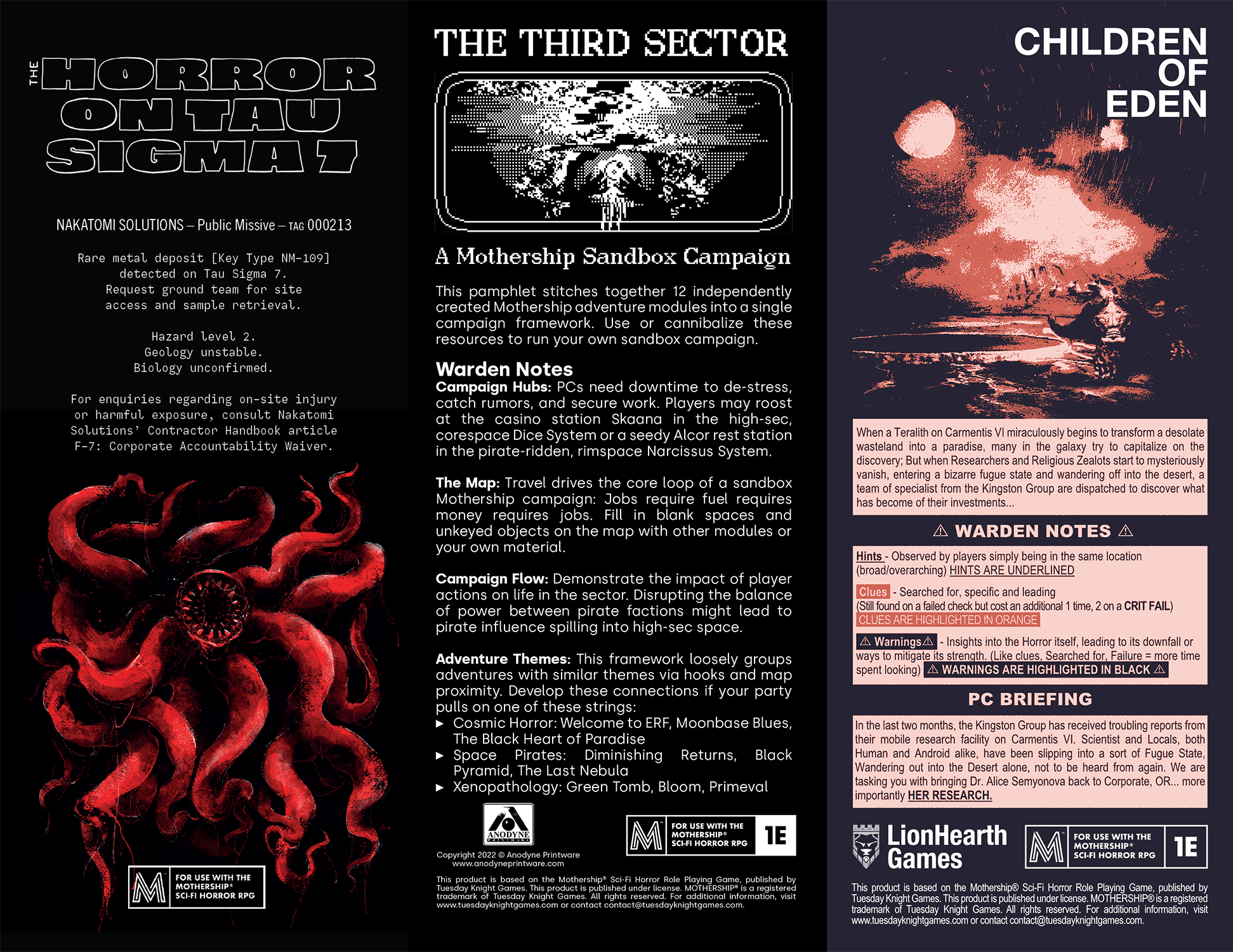
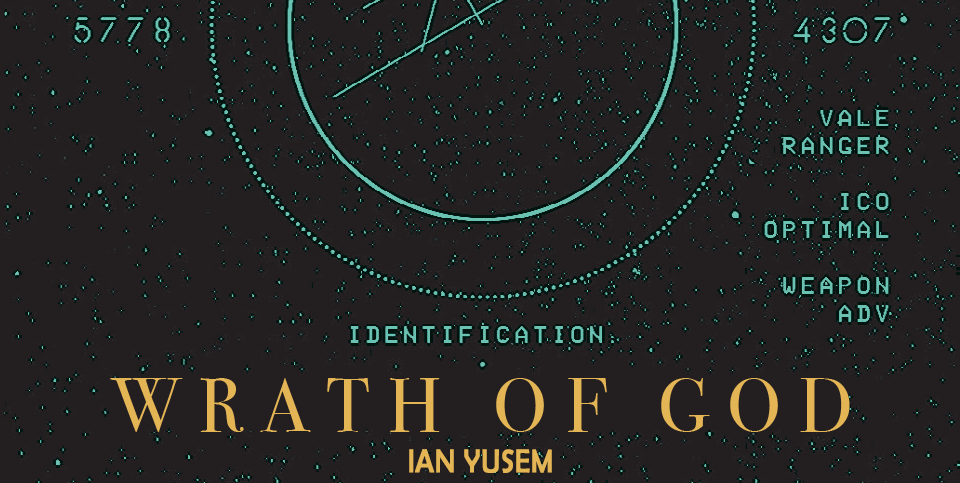
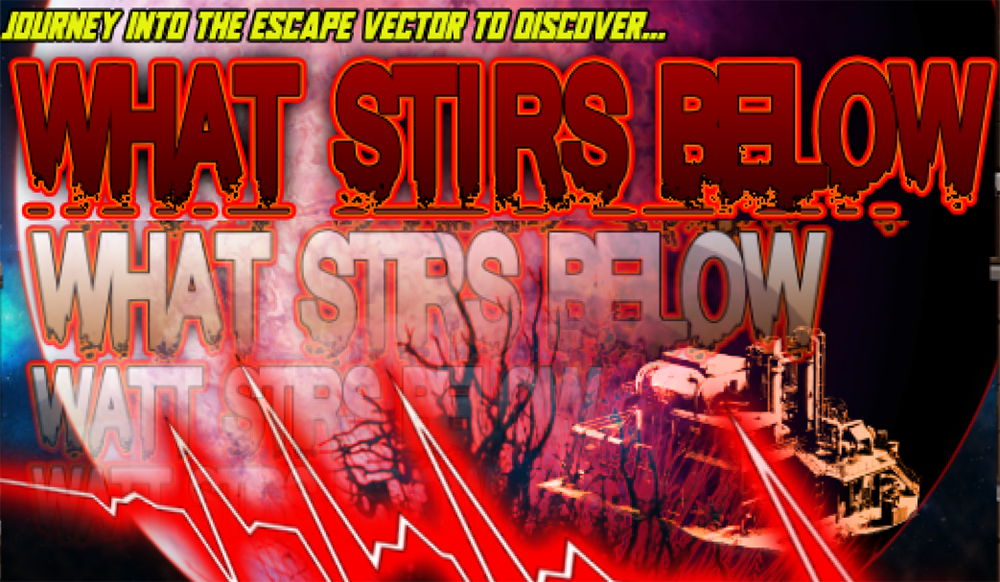
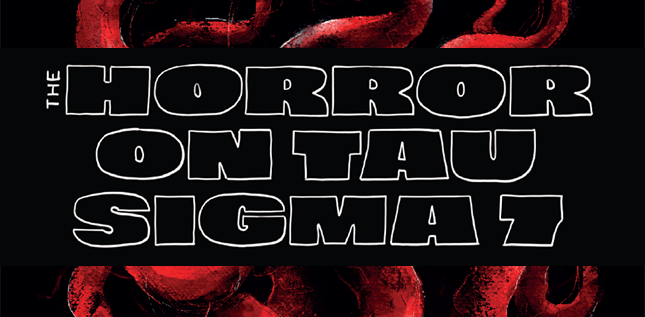
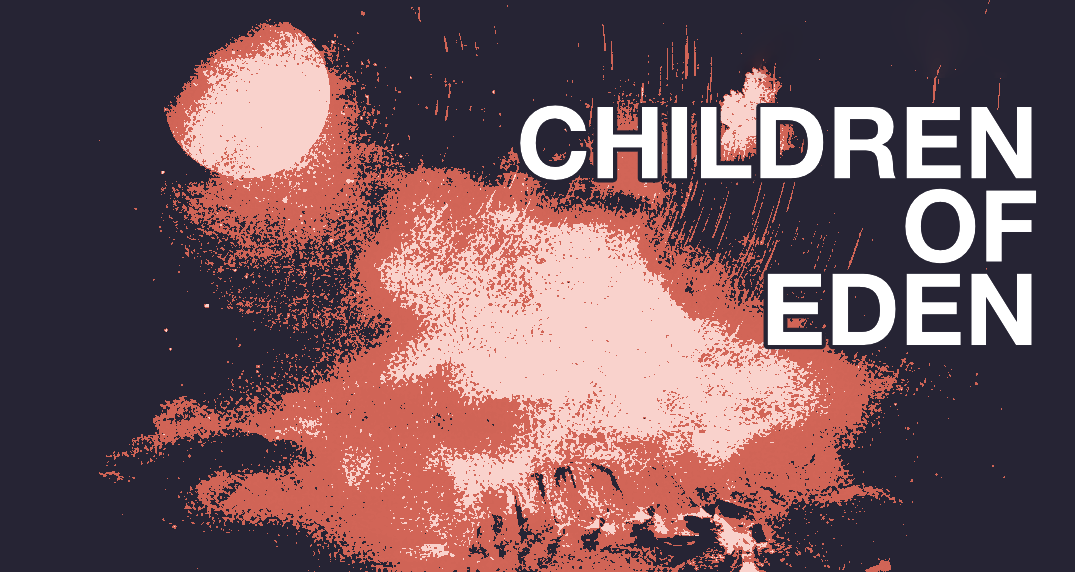











For ‘The Horror on Tau Sigma 7’, I love the idea of an Immune Response Level for the complex. It reminds me of something similar that my friend did when they ran a Call of Cthulhu campaign, how the monster had an awareness level that would dictate what actions the monster would take. The result was that, despite a high level of freedom in what order we approached the investigation, the pacing was fantastic and the escalation of danger felt completely natural.
Assuming the immune response level serves a similar role, this sounds like an adventure that I should check out. Thanks!
Between this, Deadlands, Arkham Horror the Card Game, and Phasmaphobia (the video game) I feel like there’s an “Awakening Horror” game structure here that could be generalized.
I see some minor errors that your editor didn’t seem to catch.
– In the first sentence of the third paragraph, starting: “The limited space…”
That sentence has “which is either is brief”. Two “is”s is one too many.
– At the end of “The Third Sector” the final sentence seems to be cut off.
– The fifth paragraph of “What Stirs Below” ends in “met to convey.”; did you perhaps mean “me”? If not, I’m confused by the sentence.
– The following paragraph, just before the list; could you have meant “confused”?
Critique aside: always enjoyable reads.
Evocative reviews that help inspire my own imagination.
I am curious; are review copies published or are they still in the editing phase?
Just a wild idea (maybe you are not interested, or it could be a mess in terms of ip/rights/copyright infringement…) – have you considered applying your considerable skills to “enhance” THE THIRD SECTOR and make it in a complete, usable “sandbox”?
Avian Overlord: Here’s how my friend ran the game, maybe it could be useful.
First, have different ‘awareness levels’ for the monster (at least 3, but as many as you want) with different actions tied to each level. For example, with a phasmophobia-like situation, the first awareness level could be dormant, with only signs like cold breath. The next could be waking, where the ghost throws things around or other signs, then the final level could be awake, where the ghost will appear and chase you.
Next, have threshold levels for the awareness levels. You could say it takes 5 ‘points’ of interaction to progress from level 1 to 2, and maybe 10 ‘points’ from level 2 to 3, or whatever you feel like. With this, its good to keep a reference for how many points different player actions are worth. Knocking over a vase could be worth 1 point, calling out the ghosts name is worth 2 or 3, etc. More extreme actions give more points towards the awareness level of the ghost.
Lastly, my friend tied this into an existing structure. He used a mystery structure, and as we were investigating about the creature, our actions raised its awareness level and its started to take actions against us.
There could be additional complications you could add, like a player specific awareness (so a player who did a bunch of stuff to anger a ghost could be the first one targeted), and maybe a system to decrease awareness.
I was scrolling some reviews on mothership and I can’t really decide myself whether the core rulebook is worth buying. So I wanted to know to whom would you recommend and what aspects really stand out, and if you guys are familiar to any other ttrpg System that can be compared to mothership.
I’ve read almost all of the adventures in this three part series and agree with your verdicts throughout. I would add that the writing of parts of Wrath of God, and other works by the same author, is terrible. “A distant sector glows with the fires of war, atmosphere bleeding from broken fleets ferrying sound over once vacuous space.” I’m not going to begin picking this apart. It’s like he’s trying to do the Patrick Stuart thing, but just, well, without any talent for it. The Drain was a bit like this also.
As for other Mothership trifolds, I recommend The Black Dog. It has elements that aren’t fully explained, but the author is clear about this and the strangeness this generates is my favourite part of the module. For memory, The Ship who Swallowed a Spider, Iron Tomb, and The Flora on Acyx are decent too.
Thanks for the reviews!
@TradingThomas
I’ve run half a dozen or so one-shots in Mothership. I like it a lot! I think it is a good, approachable implementation of OSR-style gaming philosophy in a SciFi setting. But with the caveat that some of the mechanics aren’t as clear as they can be.
Btw, the ‘Players Survival Guide’ (aka the Mothership equivalent of the D&D Players Handbook with most of the rules) can be downloaded for free from DriveThru or the Tuesday Knight Games webstore. So you can give it a read and see if it appeals to you.
The Good:
*Clear and concise presentation. The 1st-party Mothership books really prioritize making information easy to understand and reference. It’s much easier to read, digest, and start playing/running than Alien or Traveller, much less 5e D&D.
*Good explanation of OSR philosophy and how to implement it as a GM and a player in a scifi setting.
*A large and passionate community that shares ideas and creates cool adventures. This makes it easier to find other players, and get advice if you get stuck. Even if the 3rd-party adventures aren’t always fully baked, there are lots of cool ideas to steal.
The Mixed:
*OSR philosophy places a lot of responsibility on GMs to make “fair” and “reasonable” rulings. Not everyone enjoys this style, especially if the GM and the players disagree about what is “fair and reasonable”
*The emphasis on conciseness in adventure design means a lot of blank space is left for GMs to fill in – something Alexander has noted with several of the adventures he’s found disappointing
*The stress/panic system is balanced around short campaigns, but a lot of the play culture focuses on one-shots. So unless the GM makes a point to throw out stress like candy, in most games it isn’t as dangerous as it appears.
*Player characters can be made very quickly, with a surprising amount of flavor for how simple the rules are. However this system does not create characters with ties to the world or each other. This is something that I think is pretty easy to do by asking players lots of questions, but it would nice if there was guidance in the book as well.
The Bad:
*The rules for the combat system are poorly written and can be interpreted at least 3 ways. This in turn creates confusion about how enemy stats should be used. This is not an insurmountable problem, there is a lot of good community advice regarding best practices, but it is frustrating.
*Players can play as an “Android Class”, which encompasses everything from C-3PO to Blade Runner-style replicants. This intended to be allow for flexibility. In practice I find it leads to lots of unanticipated questions, like “can my character heal with a medkit or not?”
What Else is There?
*Honestly, scifi fans are eating good right now! I haven’t played most of these because time, but you’ve got Alien, Those Dark Places, Death in Space, Hostile . . . and that’s just if you specifically want to play horror-themed scifi. Just grab something that sounds appealing to you and jump in.